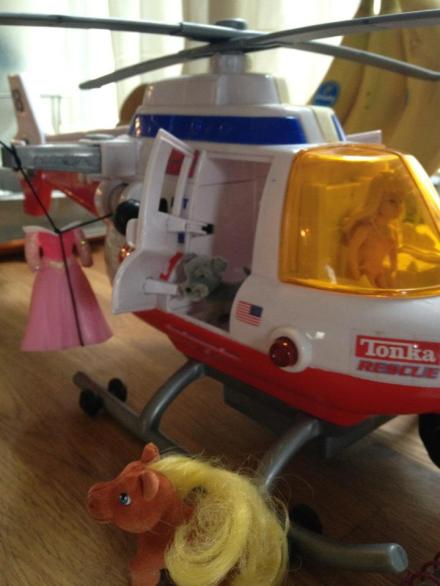
It’s that time of year again. That special time of year, when the treetops glisten … and children listen … and the”Best of ” lists come rolling out. You won’t find me in the Rolling Stone’s 50 Best Albums of 2012 or The New Yorker’s Best Books of 2012 (numbering 28, down from 37 last year). I am not one of the E! Top 10 Stylish Stars of the Year (thankfully, though, I am NOT on either E!’s list of Top 10 Wardrobe Malfunctions OR their list of Top 10 Mug Shots). My name cannot be found on ANY of the many 2012 Forbes Rich Lists – not even Richest Pastors in Nigeria. Unlike Honey Boo Boo Child, I am not one of Barbara Walters’ 10 Most Fascinating People of 2012. Gawker’s 10 Least Fascinating People of 2012 list isn’t out yet, so I may still have a shot at that. Salon’s 2012 Hack List? Nope. The Best 140 Twitter Feeds of 2012? Sadly, no. And I just learned that President Barack Obama beat me out for Time’s 2012 Person of the Year.
Last week, this appeared on my Facebook timeline:
Jennifer Prestholdt
So, I checked it out. How could I resist my life events, highlighted posts and popular stories? But my 2012 Year in Review was an utter and complete disaster! I don’t know what kind of random generators are at work here, but this app most certainly does not capture my “20 biggest moments from the year”. Some of the pictures were not even from 2012! In short, Facebook Year in Review app is like the Grinch Who Stole Christmas: “The three words that describe you are as follows, and I quote: ‘STINK. STANK. STUNK.'”
These days there is precisely one thing in my life that is entirely within my control and that is my Facebook status update. So I’m taking charge of my Year in Review and creating my own”Best of My 2012 Facebook Status Updates”!
Best of My 2012 Facebook Status Updates
# 25 This sugar is not just pure. It’s DHAM pure!
#24 Me (to my 10 year-old): “Simon, turn off the TV. Your screen time is done.”
Simon: “It doesn’t count as screen time if it is football or Barack Obama.”
Well played, son. Well played!
#23 Some people have Elf on the Shelf. I have cat barf on the Playmobil nativity scene.
#22 To the gentleman crossing against the light while reading The Hitchhiker’s Guide to the Galaxy, I say, “Have you any idea how much damage that bulldozer would suffer if I just let it roll straight over you?”
#21 Chickie (my 7 year-old daughter): “Mom, do you know why we light candles at this time of year? It’s to keep the trolls out of the house. It’s true. It says so in the Bible.”
#20 I did not realize that I even had a granddaughter, much less such a thoughtful one!
#19 As I was jaunting around this morning with my bike helmet pushed back and dangling down my back like Laura Ingalls Wilder’s sunbonnet, it suddenly struck me that perhaps I did not look as fetching as I would hope.
#18 Fortunately, I left the restaurant for another meeting BEFORE my colleagues ordered the “head chips”- at Kathmandu, Nepal.
#17 Further proof of my bad hockey mom status: Packing Simon’s gear for hockey camp, I couldn’t remember what the thing that they wear on the chest is called. So I called it a “breastplate”. (I also called his nut cup a “codpiece”, but that was on purpose.)
#16 Note to self:
#15 Chickie: “Where is everybody?”
Me: “They went to Sev’s hockey game.”
Chickie: “WOOHOO! Girls’ night! Let’s get into our jammies and READ!!”
#14 Went to gym. Worked out. Took shower. Realized I had forgotten to bring a towel. Dried off with my sock. Keep calm and carry on!
#13 Bonnie Tyler, reincarnated as a 10 year old boy. Turn around, bright eyes!
#12 These are the kinds of conversations that go on in my head:
Me: Why did I buy this Empire-waisted dress? I look terrible in this style?
Myself: It was only 7 dollars.
I: Ooooo! Excellent bargain shopping
#11 I keep reading the UN Millennium Development Goals – MDG – as – MGD – Miller Genuine Draft. It must be Friday!
#10 To flush or not to flush. That is the question.
#9 I waited a couple of decades and read the book again. Same conclusion. Mr. Rochester is an a-hole. Run, Jane Eyre, RUN!
#8 Overheard Chickie giving a friend a tour of our house: “This is mom’s closet. Or as I call it, My Shoe Store.”
#7 Future God’s Gift to Women: “Girls don’t like AXE, they like Old Spice. Wait, no. AXE was invented by women because they like the smell. I need some AXE. Girls like AXE.”
#6 Last day of summer vacation.
“What’s left on the school supply list, Chickie?”
“We’ve got everything but The Lorax wipes.”
#5 My rule: You forget your lunch box at school and you get the Lunch Box of Shame the next day.
#4 7:10 am and I’ve already had to answer the questions “Is this a scalene triangle” and “Can you make me an omelette?”
#3 My Mother’s Day present: The Napoleon Dynamite Dance!


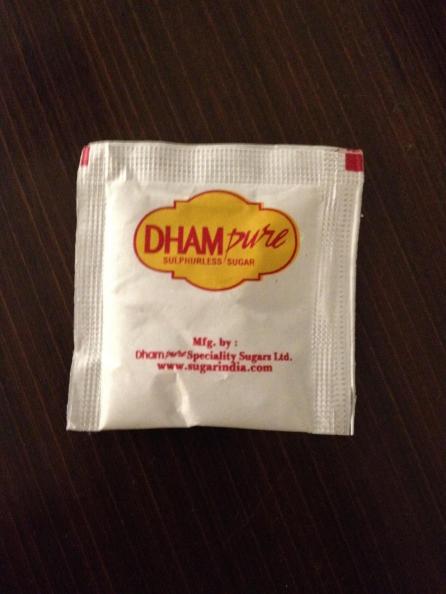

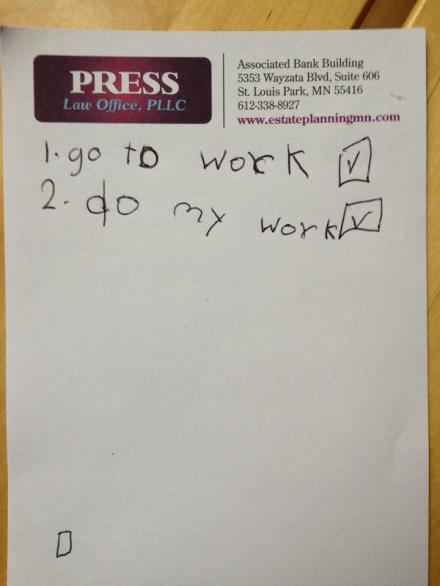


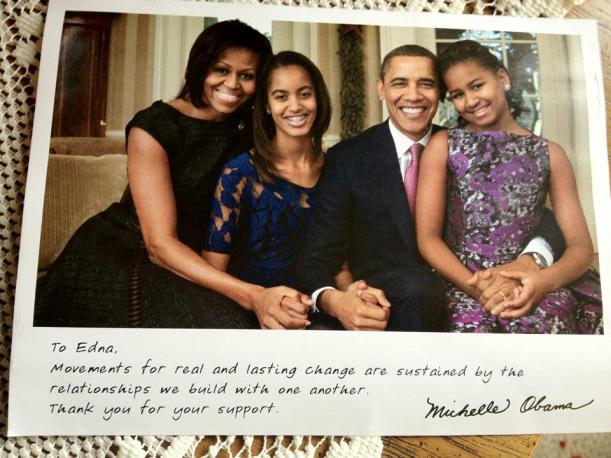



















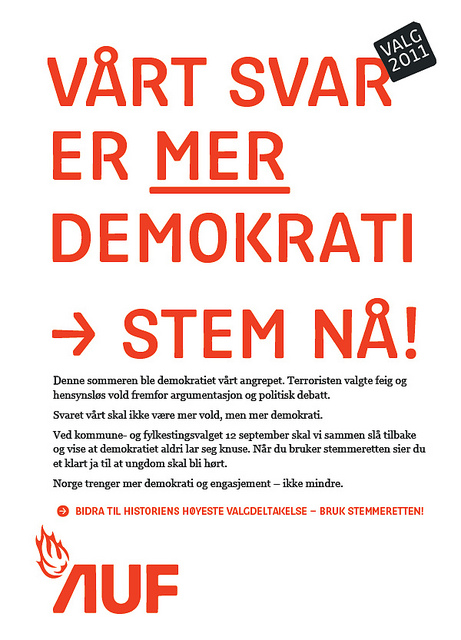
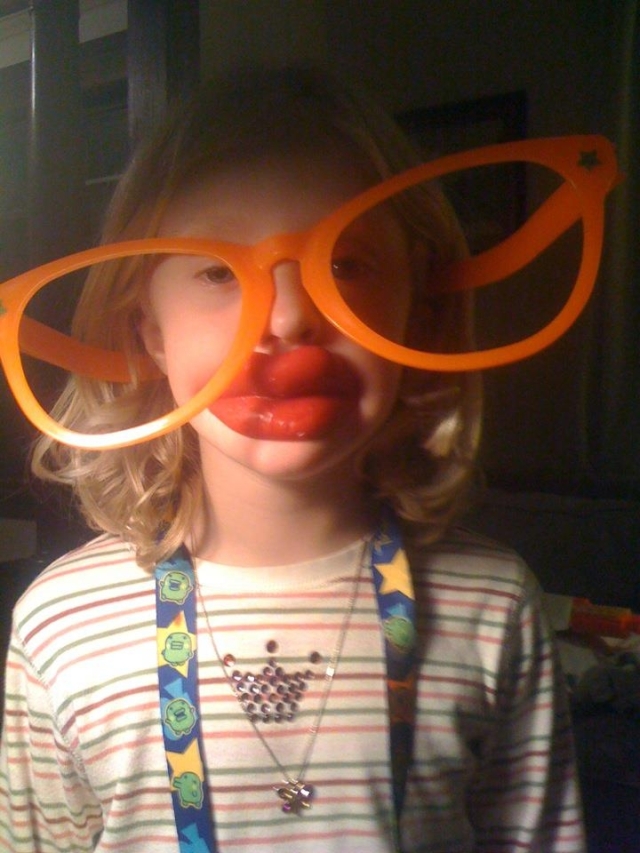







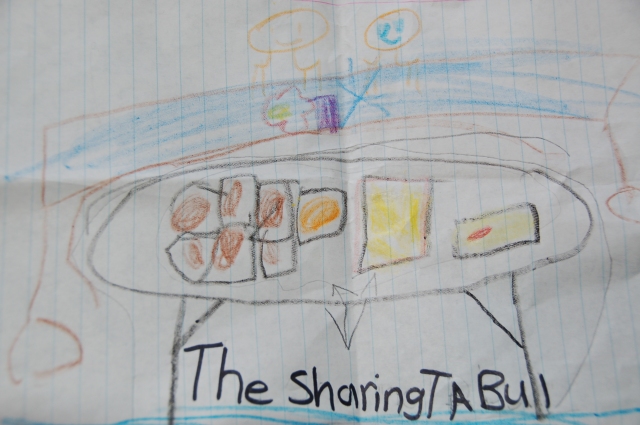



You must be logged in to post a comment.